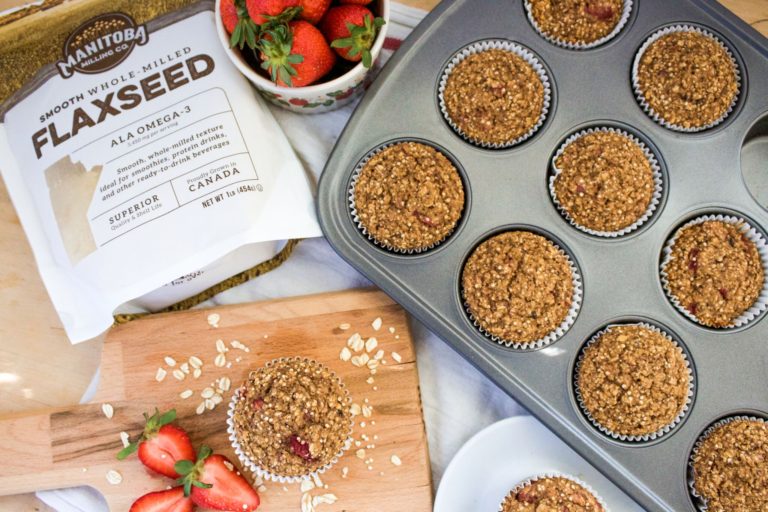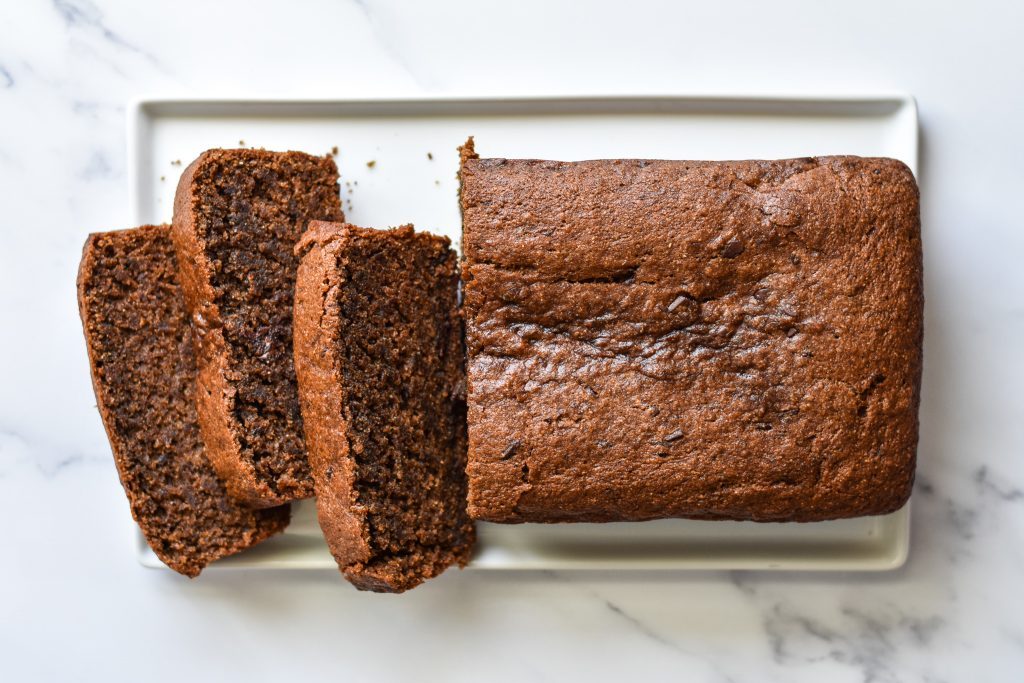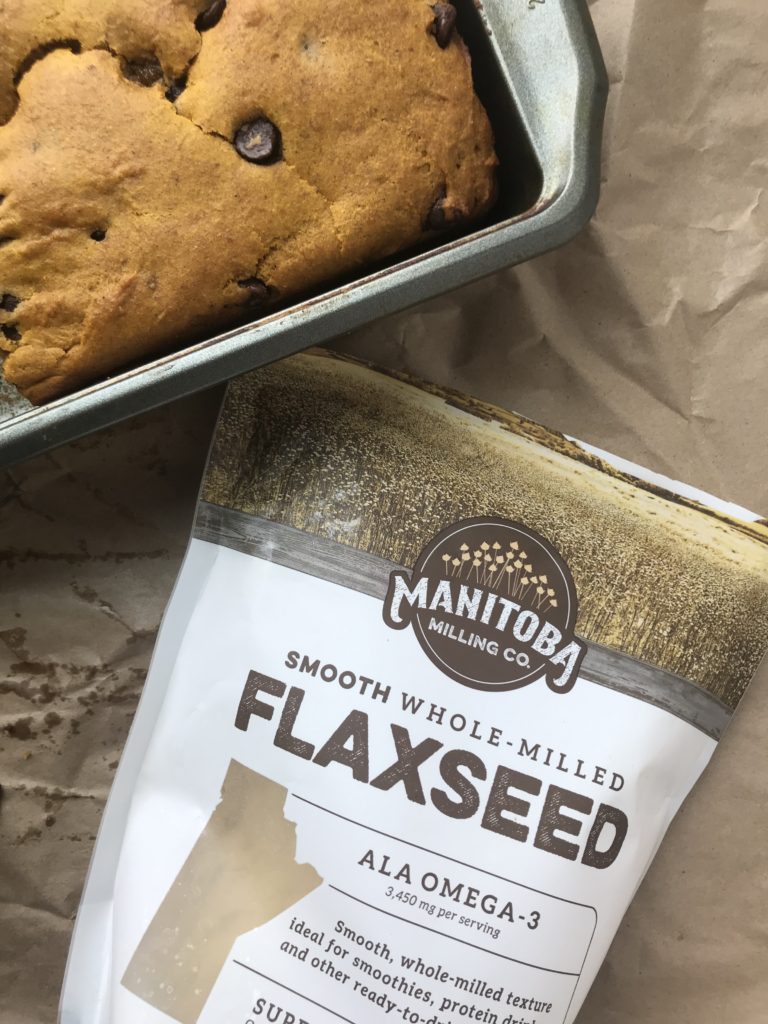Baking with Flaxseed: Our Favorite Healthy Baking Swaps
Fall has officially arrived and surely you’ll be seeing an uptick of baked good recipes on social media now that the air is a little bit cooler. We know there’s a time and place for the classics but can also appreciate a healthy baking hack! Read on to learn about some simple ways to make a swap and how to ensure you still end up with a delicious final flaxseed product.
Table of Contents
ToggleReplace Up to Half the Flour with Smooth Whole-Milled Flaxseed
Traditional all-purpose flour made from wheat has its perks. It generally yields a baked good that is tender and as the name suggests, it works well for just about anything.
Nutritionally speaking though, it’s not the best choice. Most of the beneficial nutrients and fiber are stripped away to give it that trademark light and fluffy texture. Whole wheat or white whole wheat flour offers the nutrition of the whole grain.
To make things a bit more interesting and nutritious, you can also replace up to half of the flour with whole-milled flaxseed. Try swapping out ½ – 1 cup of flour for milled flaxseed. This will add extra fiber, plant based protein, and omega-3s. This Blueberry Flaxseed Crumble (which is actually flour-free) is the perfect example.

Pumpkin Puree Or Flaxseed for Oil
This swap is not only healthy, it’s also a seasonal favorite. Pumpkin baked goods are all the rage this time of year, but we think the orange stuff is a nutritious pantry staple worth keeping stocked all year around. Because of pumpkin’s inherent moisture, it works well as a substitute for oil or butter in most recipes (especially in muffins and quick breads). One half cup serving also contains 100% DV for vitamin A, and three grams of fiber per serving!
A good rule of thumb is to use ⅔ cup of pumpkin puree in place of each cup of oil, but experiment with your favorites to find what works best.
Be sure not to grab canned pumpkin pie mix from the store as this has added sweetener and flavors (the two products look very similar).

Whole-Milled Flax for Eggs
We may be biased, but this one’s clearly our personal favorite. Especially useful for anyone who prefers vegan baking, you can easily sub “flax eggs” for the real thing. This swap increases the fiber and omega-3 fatty acid content, plus flax has the added benefit of being shelf-stable.
To make a flax egg, mix one tablespoon of whole-milled flax with three tablespoons of water and let sit for a few minutes until it gels (scale as needed). Use this as you would a real egg in any of your favorite baked good recipes.

Whole Milled Flax for Oil
To substitute flax for the oil in a recipe, follow a 3:1 ratio. For every one tablespoon of oil, add three tablespoons of flax in its place. The fat content of the flax will help retain moisture just like oil does, but with a heart-healthy high-fiber bonus.
We hope this inspires you to try out some healthier baking at home this fall! Which one of these swaps will you be trying first?

1 Comment.
[…] Whole Grain & Gluten-Free FloursStock high-fiber flours for all of your baking needs. […]